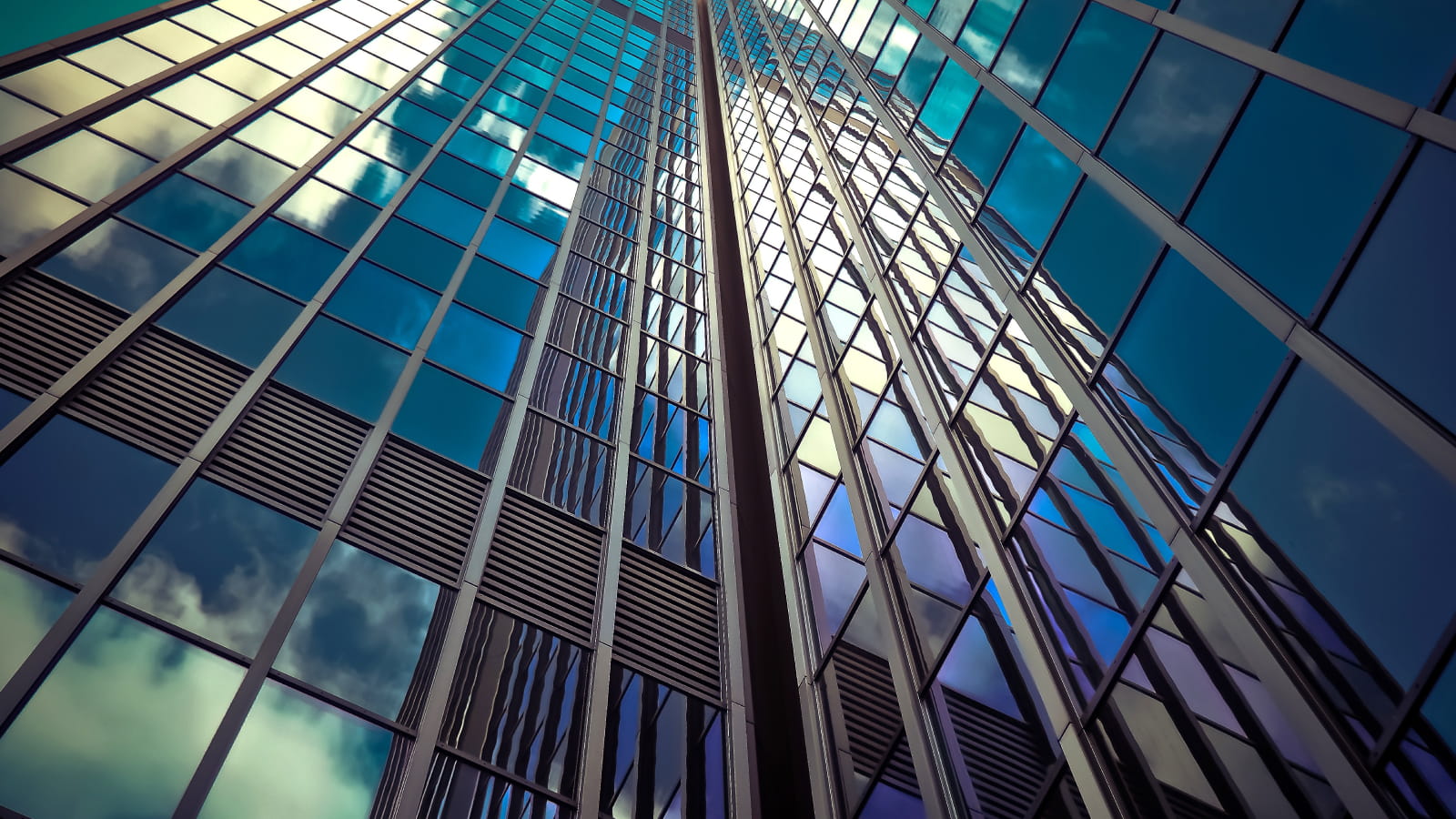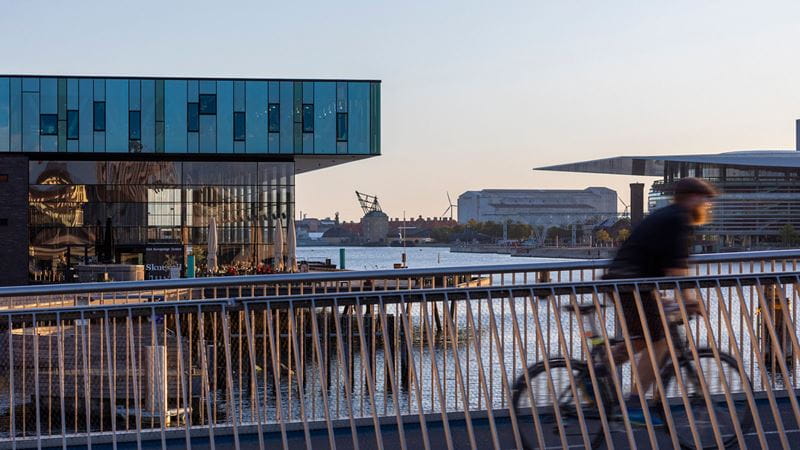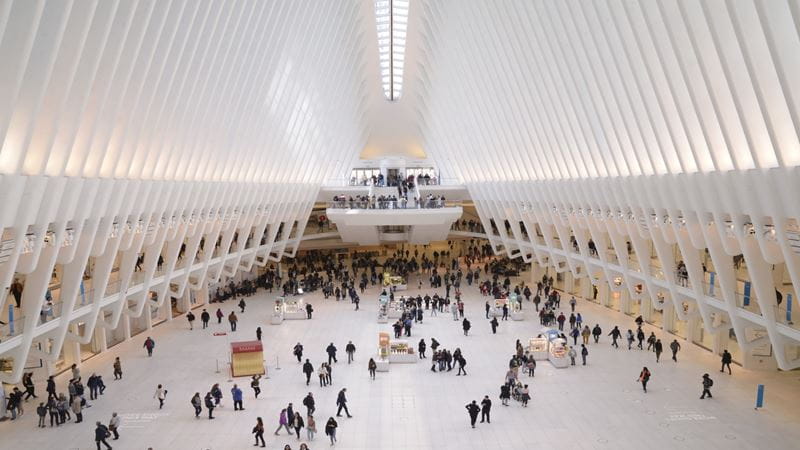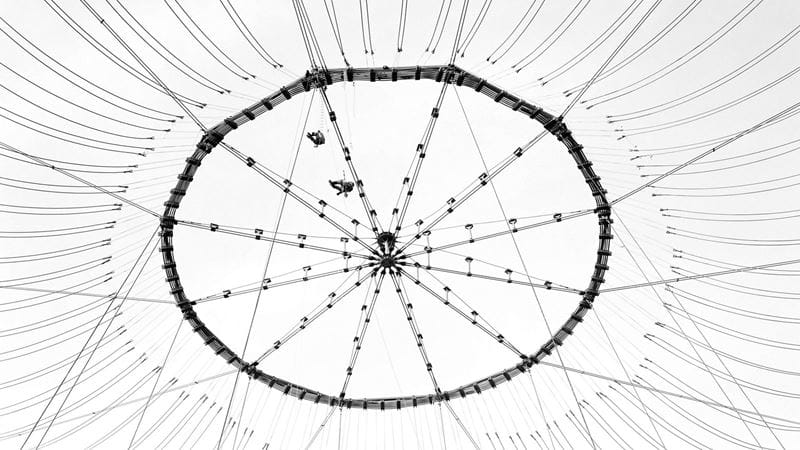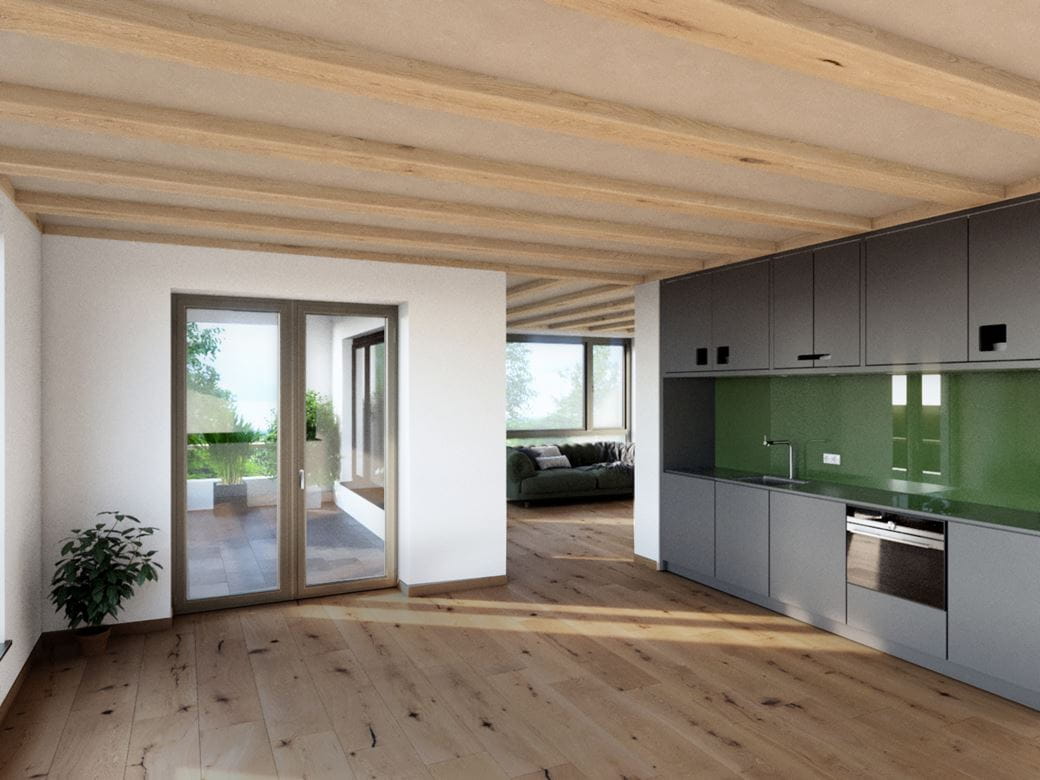
Houses made of earth may sound prehistoric, but the ancient building material is experiencing a revival as a sustainable and economical alternative that can compete with concrete and timber.
The construction industry is scouring around the world for new sustainable technologies and materials that would allow us to sustainably expand the urban landscape in order to accommodate an estimated 6 billion city dwellers by 2050.
Timber has seen its popularity grow in recent years thanks to innovative engineering technologies such as cross-laminated timber (CLT). But even when timber is used in a building, not every part can be made of wood. Often, floors – which make up two thirds of a building’s structural mass – tend to rely on concrete to enhance thermal mass, reduce cost and achieve fire safety and sound insulation.
But for a building to be truly sustainable, it must do away with concrete, which as the most widely used material on the planet accounts for 8 per cent of the world’s carbon emissions.
Rematter is a start-up based in Zug, Switzerland, which is doing just that, with earth.
The company combines low-tech materials like earth with high-tech robotics to create floor slabs made of timber beams with self-supporting earth infills. Its hybrid floor slabs are as durable, sound insulating and fire resistant as concrete, while being price competitive and highly sustainable.
“If you want to make the house regenerative you have to start by addressing the most pressing problem: floor slabs” Rematter Co-Founder Götz Hilber tells mega in an interview.
“To replace reinforced concrete at scale, we must match or beat the price per square metre. Otherwise, the solution will remain niche, offering limited benefits to both people and the planet.”
In the past, earthen structures have tended to be expensive as they had to be built manually. But Rematter has found an imaginative way to make the process cost competitive: it combines smart product design with robotics to prefabricate its earth-timber floor slabs in a controlled environment. It also sources materials locally, reducing transportation costs and the environmental footprint.
“Even in Switzerland, earth as a raw material is very affordable and it can oftentimes be taken from excavation material,” Hilber says.

Towards net positive buildings
Rematter’s goal is to help turn the construction industry net positive, by combining natural materials with smart engineering and robotics and by powering the entire process with renewables.
This also involves tackling embodied carbon, or emissions that occur throughout the whole lifecycle of a building including materials, construction activities, and dismantling.
"We have to switch our mindset from reducing our negative footprint to increasing our positive footprint,” Hilber says.
"If you decrease something bad, you are always less bad. That’s a frustrating message to humanity. We also don’t want to be neutral. Our mission is to be climate and resource positive.”
“We don’t use up resources; we just borrow them from nature. For instance, the earth material can be endlessly reused or returned into nature," Hilber says.
The start-up is industrializing the pre-fabricated modules that have been conceptualised and designed in collaboration with ZPF Ingenieure and Herzog & de Meuron and developed by the Swiss real estate company Senn for the House of Research, Technology, Utopia and Sustainability (HORTUS) in the Swiss city of Basel.
Rematter has recently partnered up with the Swiss academic institution ETH Zurich for a CHF8 million transformation fund to accelerate adoption of earth-timber structures. The current project pipeline includes schools and residential and office buildings. The goal is to produce 900,000m2 of slabs a year by 2028 – equivalent to 90 football fields.
“HORTUS is the lighthouse and landmark project for the earth-timber floor slab. Rematter will scale this solution and bring it to the masses,” Hilber says.
Investment Insights
By Zsolt Kohalmi, Deputy CEO & Global Head of Real Estate at Pictet Alternative Advisors
- As urbanisation gathers pace, especially in emerging economies, the building industry is increasingly looking for ways to make buildings more sustainable. Global investment in energy efficiency of buildings has increased from USD140 billion in 2015 to an estimated USD190 billion in 2021, according to the International Energy Agency.
- There is a bifurcation for what represents the right investment and green outcome opportunities between developed and emerging economies. This is due to the large existing built environment in developed markets creating a need to retrofit, which implies over 50 per cent less carbon emissions than building new. In emerging markets, where the building stock is not sufficient for the requirements, the solution has to rely mainly on innovation in how we build more sustainably.
- In developed markets, which already have a sufficient building stock, we need to consider retrofitting when feasible. Office-to-residential conversion, for example, is estimated to provide over EUR100 billion in investment opportunities in the top 10 European cities alone in the next few years (source: JLL).
